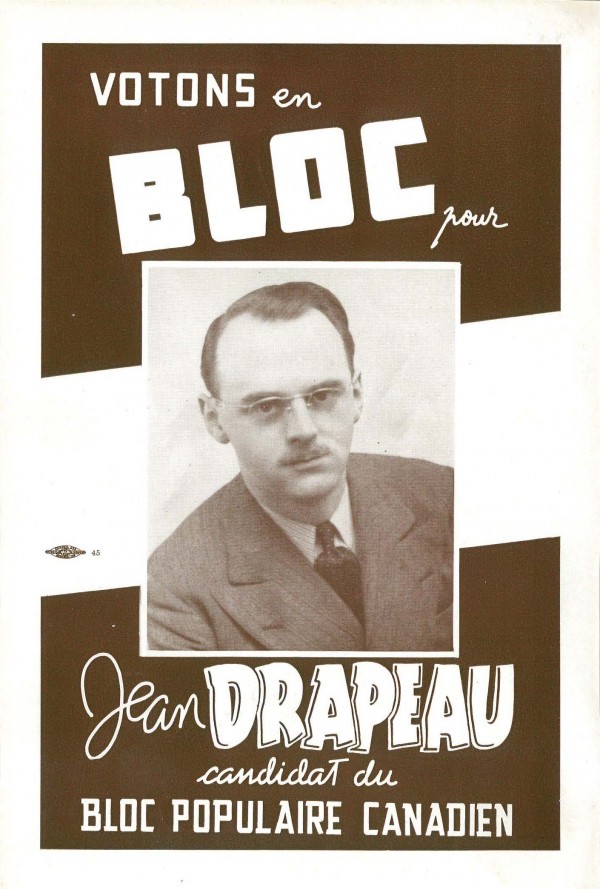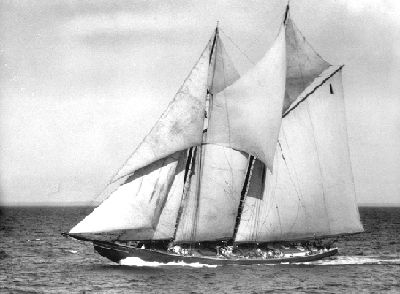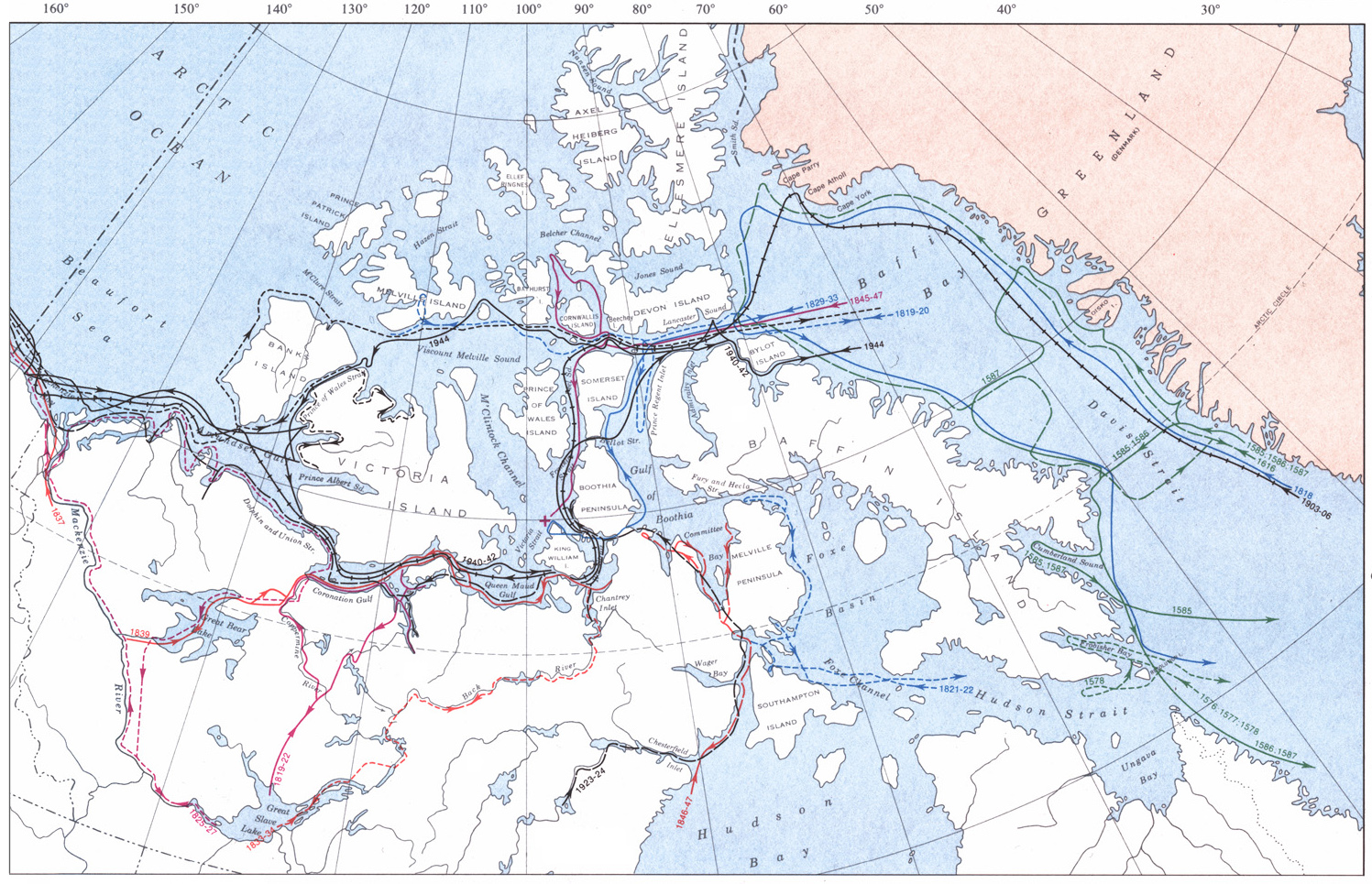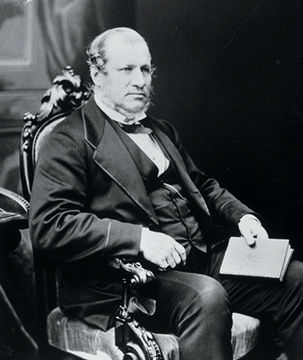Collection
Black History in Canada
"Have we read our own authors such as Dionne Brand, Afua Cooper and George Elliott Clarke? Do we know that the story of African-Canadians spans four hundred years, and includes slavery, abolition, pioneering, urban growth, segregation, the civil rights movement and a long engagement in civic life?" — Lawrence Hill









